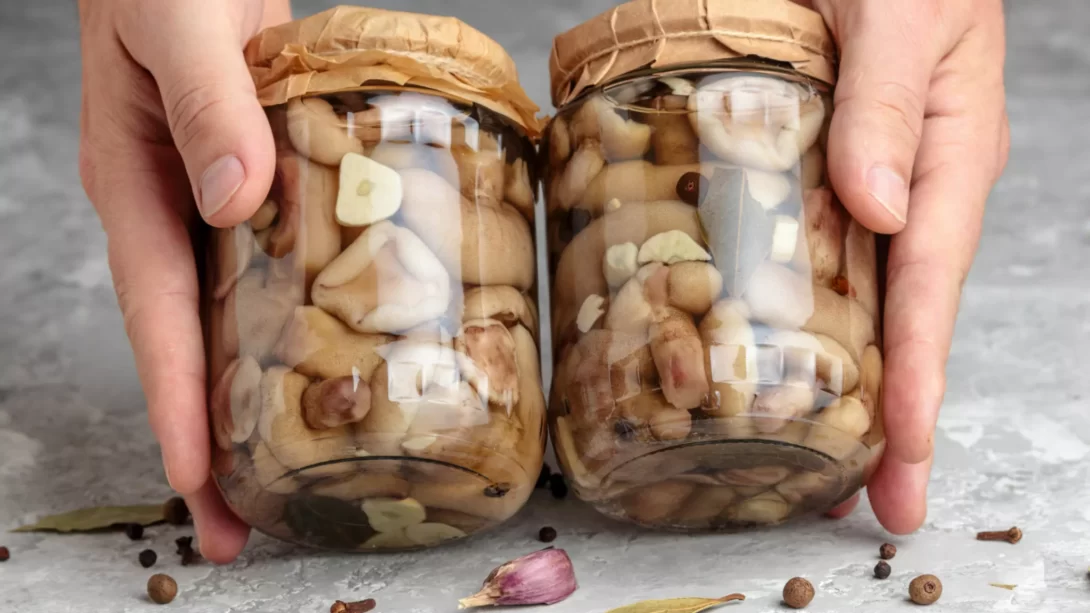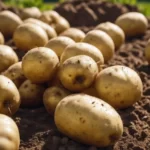Canning is a time-honored method of preserving food, and mushrooms are an excellent candidate for this process. Known for their rich flavor and versatility, mushrooms can be enjoyed year-round when canned properly. Canning not only extends the shelf life of mushrooms but also locks in their nutrients and taste. This article aims to guide you through the process of canning mushrooms at home, ensuring safe and effective preservation.
Canning and Its Benefits
Canning involves sealing food in jars and then heating them to a temperature that destroys microorganisms and inactivates enzymes. This process prevents spoilage and allows the food to be stored for extended periods. For mushrooms, canning offers several benefits:
- Extended Shelf Life: Canned mushrooms can last for years, reducing food waste and ensuring a supply of mushrooms even out of season.
- Nutrient Retention: The canning process preserves the nutritional value of mushrooms, making them a healthy addition to any meal.
- Flavor Preservation: Canning mushrooms seals in their unique flavor, making them a convenient and tasty ingredient for various dishes.
Preparing for Canning Mushrooms
Before beginning the canning process, several preparatory steps are necessary:
- Selecting Mushrooms: Choose fresh, high-quality mushrooms for the best results. Look for firm, clean mushrooms free from blemishes or soft spots.
- Cleaning and Preparing Mushrooms: Rinse the mushrooms under cold water and trim off any tough stems. Depending on preference, mushrooms can be left whole, sliced, or chopped.
- Gathering Equipment and Materials: Essential canning supplies include glass canning jars, lids and bands, a pressure canner (not a water bath canner, as mushrooms are low-acid foods), a jar lifter, and a canning funnel.
The Canning Process
Canning mushrooms involves a series of steps to ensure they are preserved safely and retain their quality:
Step 1: Sterilizing Jars and Lids
Begin by sterilizing the canning jars and lids. This can be done by boiling them in water for at least 10 minutes. Keep the jars and lids hot until they are ready to be filled.
Step 2: Preparing the Mushrooms for Canning
Mushrooms should be blanched or lightly cooked before canning to destroy enzymes and bacteria. Blanching involves boiling the mushrooms for a few minutes, then plunging them into ice water to stop the cooking process.
Step 3: Filling Jars with Mushrooms and Canning Liquid
Pack the prepared mushrooms into the sterilized jars, leaving appropriate headspace. Fill the jars with a hot canning liquid, which can be water or a broth of your choice, again leaving proper headspace.
Step 4: Removing Air Bubbles and Sealing the Jars
Use a non-metallic spatula to remove any air bubbles by gently sliding it between the mushrooms and the jar. Wipe the rim of the jar to ensure it is clean, then place the lid on the jar and secure it with a band.
Step 5: Processing the Jars in a Pressure Canner
Place the filled jars in a pressure canner and process them for the time recommended by a reliable source, like the National Center for Home Food Preservation, based on your altitude and jar size.
Step 6: Cooling and Storing the Canned Mushrooms
Once the processing time is complete, turn off the heat and let the pressure canner cool down naturally. Remove the jars using a jar lifter and place them on a towel to cool for 12-24 hours. Check the seals, label the jars with the date, and store them in a cool, dark place.
Safety Considerations in Canning Mushrooms
Adhering to safety guidelines is paramount when canning mushrooms to prevent foodborne illnesses:
- Importance of Using a Pressure Canner: Mushrooms are low-acid foods, making them susceptible to botulism if not processed correctly. A pressure canner is essential to achieve the high temperatures needed to safely preserve them.
- Avoiding Contamination: Ensure all equipment is sterilized, and hands are clean to prevent introducing bacteria into your canned goods.
- Following Trusted Recipes and Timings: Use canning recipes and processing times from reliable sources. Improper canning methods can lead to spoilage and health risks.
- Signs of Spoilage: Before using canned mushrooms, check for signs of spoilage such as off-odors, mold, or leaking jars. If in doubt, discard the contents.
Creative Uses for Canned Mushrooms
Once you have successfully canned your mushrooms, they can be used in a variety of dishes:
- Soups and Stews: Add canned mushrooms to enhance the flavor of soups, stews, and broths.
- Sauces and Gravies: They can be a great addition to pasta sauces, gravies, and casseroles.
- Side Dishes: Saute canned mushrooms with herbs and spices for a quick and tasty side dish.
- Pizza Toppings: Use them as toppings for homemade pizzas or flatbreads.
Conclusion
Canning mushrooms at home can be a rewarding process, providing you with a convenient, long-lasting supply of this versatile ingredient. By following the steps outlined in this guide and adhering to safety practices, you can enjoy your home-canned mushrooms in various delicious and nutritious meals. Remember, the key to successful canning is patience, attention to detail, and adherence to safety guidelines.



